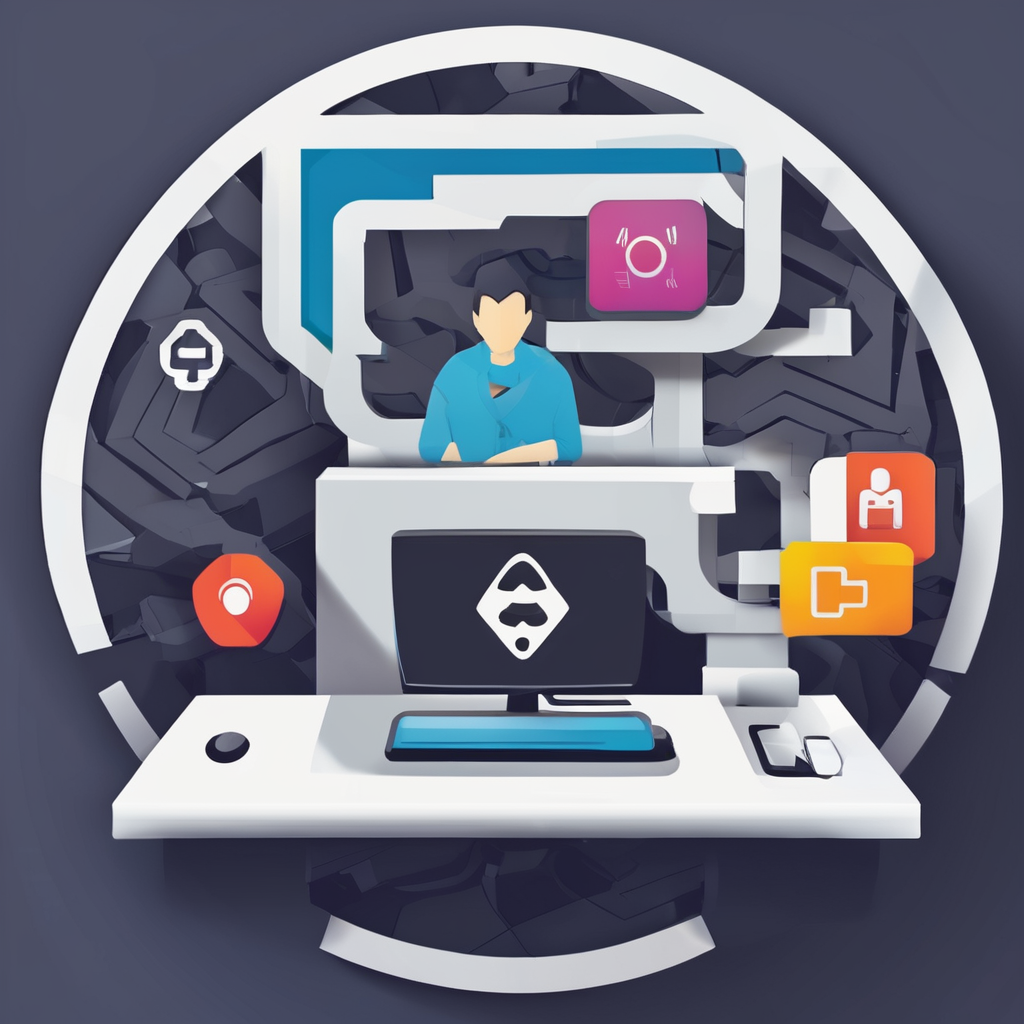Product Lifecycle Management (PLM) software transforms how businesses manage products from idea to retirement. By centralizing data and streamlining collaboration across teams, PLM reduces errors and accelerates development. Understanding key features and comparing top tools helps companies choose solutions that fit their workflows, improving efficiency and driving success across industries.
Overview of Product Lifecycle Management Software
PLM software facilitates the complete management of products from conception to retirement. It automates design, manufacturing, and distribution processes, streamlining operations across departments. Core functionalities, such as change management, BOM control, and real-time collaboration, promote efficiency and accuracy.
Also read : Maximize your workflow with top notion templates today
Benefits of PLM systems include improved teamwork, reduced errors, and faster time-to-market. By centralizing data, these solutions ensure everyone accesses consistent information, preventing version conflicts and duplicated efforts.
Modern PLM integrates well with CAD, ERP, and IoT systems, fostering seamless data exchange. Collaborative platforms like Jira Product Discovery exemplify how visual tools support multi-disciplinary teams.
Also read : Unlocking the power of multilingual ai chatbots: key strategies for optimal performance
Implementing effective lifecycle management strategies reduces costs and supports sustainability goals. As trends shift towards AI, cloud, and digital twins, businesses can expect even more streamlined innovation pathways. Proper deployment entails aligning features with organizational needs while ensuring user adoption. Click here to continue and view more details.
Essential Features and Functionalities of PLM Software
Core Capabilities of Leading PLM Solutions
PLM software features start with centralized product data management—essential for managing product revisions and version control in dynamic environments. A strong focus on integration of PLM with CAD software, ERP, and supply chain platforms empowers teams to synchronize development activities and efficiently execute change management supported by lifecycle tools. Real-time product development monitoring, using dashboards and analytics, streamlines decision-making and supports cost reduction through lifecycle automation.
Specialized Tools for Industry Applications
Lifecycle management tools for manufacturing support process optimization by embedding manufacturing process optimization via PLM into daily operations. These tools reinforce compliance management within PLM environments, from sustainability tracking to audit trails for regulated industries. Portfolio management integration and roadmap planning within PLM platforms allow businesses to align product strategies and track lifecycle stages from concept to retirement. Software to streamline product development gives organizations real-time access to product information and enables agile methods applied to product lifecycle.
Technological Innovations Enhancing PLM
Modern cloud-based lifecycle management solutions grant scalability, flexibility, and secure team access. The introduction of digital twin technology in product management and AI in product lifecycle optimization supports predictive analytics, lifecycle risk management, and data visualization. Collaborative product design platforms promote enhanced team collaboration with PLM, ensuring lifecycle collaboration between R&D and production is maintained throughout every phase.
Selecting and Implementing the Right PLM System
Criteria for Evaluating PLM Software
Choosing the right PLM tool for enterprises starts with aligning PLM software features to your workflow. Successful enterprises prioritize lifecycle management tools for manufacturing that connect product design, engineering, and supply chain teams. Key elements in a vendor evaluation checklist for lifecycle software include seamless integration of PLM with CAD software, robust data security in product lifecycle management, and user experience design for lifecycle management tools. Evaluate solutions for centralized product data repositories, easy adoption, and support for collaborative product design platforms.
Deployment Strategies and Challenges
Best practices in lifecycle software deployment emphasize phased implementation and change management. Focus on supporting teams with training and support for PLM software users, and mitigate common PLM adoption challenges by promoting cross-functional team coordination tools. Addressing integration issues with legacy systems requires attention to custom workflow automation in PLM and ERP and PLM integration. Lifecycle analytics and reporting tools help identify process gaps and guide improvement.
Case Studies and Industry Examples
Industry leaders leverage software to streamline product development and lifecycle collaboration between R&D and production for sustained success. Manufacturing firms report reduced product recalls through lifecycle software and improved role of PLM in supply chain optimization. Lessons from diverse sectors reveal that real-time product development monitoring and product portfolio management integration are essential steps in achieving business objectives with PLM solutions.









